Industrial Pharmacy
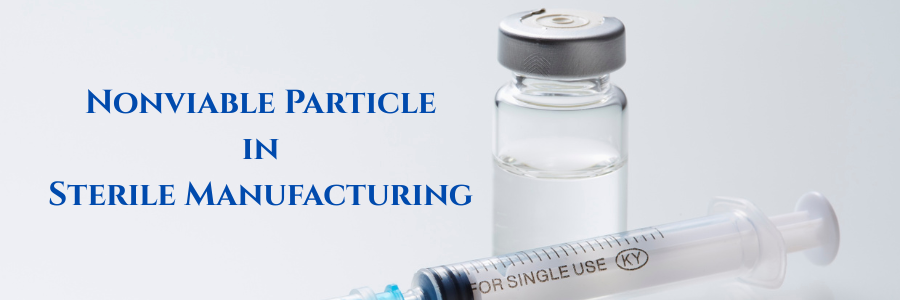
Nonviable Particle in Sterile Manufacturing
In sterile environments, non-viable particles are non-living particulate matter like dust, skin cells, or fibers that can act as a carrier for viable particles and pose a risk to product sterility, necessitating monitoring and control. Nature of Non-Viable Particles Non-viable particles include: Sources of Contamination Non-viable particles can enter sterile ... Read More
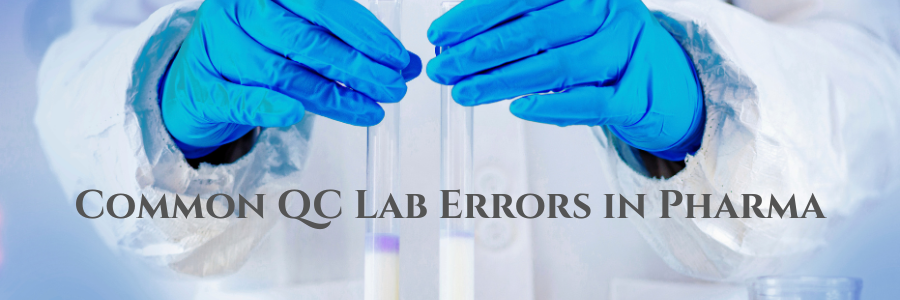
Common QC Lab Errors in Pharma
Q: What are the major root causes of QC lab errors? Q: What is a common error in HPLC sample preparation? A: Improper sample dissolution leading to inaccurate quantification, peak area variability, and inconsistent retention times. Q: What are the root causes of this issue and How it resolved? A: ... Read More

Pharmaceutical Disintegrants and It’s Mechanism of Action
Croscarmellose Sodium(CCS) Crospovidone Sodium Starch Glycolate Microcrystalline Cellulose(MCC) Pre-Gelatinized Starch Low-Substituted Hydroxypropyl Cellulose (L-HPC) Ion Exchange Resins (e.g., Polacrilin Potassium) Read also:
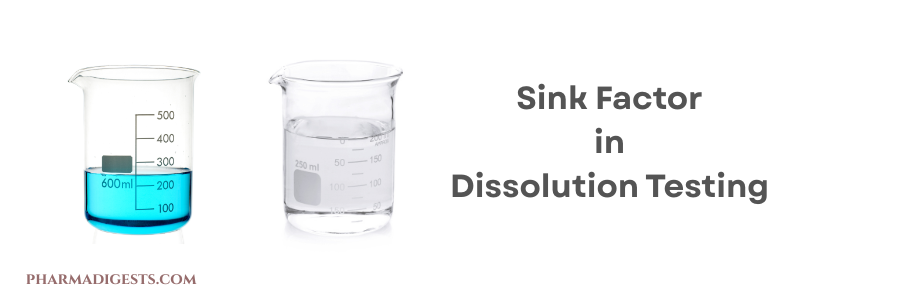
Sink Factor in Dissolution Testing
Dissolution testing is a cornerstone of pharmaceutical development, providing invaluable insights into how drugs behave in the body. One critical aspect often overlooked is the sink factor and its pivotal role in ensuring the accuracy and relevance of dissolution results. What is Sink Factor? Sink factor refers to the ratio ... Read More

Key Challenges in Bioequivalence (BE) Studies
Bioequivalence (BE) studies are the foundation of generic drug approvals, ensuring that alternative formulations provide the same therapeutic effect as the reference product. However, regulatory expectations and methodologies are evolving rapidly to address complex formulations and emerging technologies. Key Challenges in BE Studies Complex Generics & Locally Acting Drugs Highly ... Read More
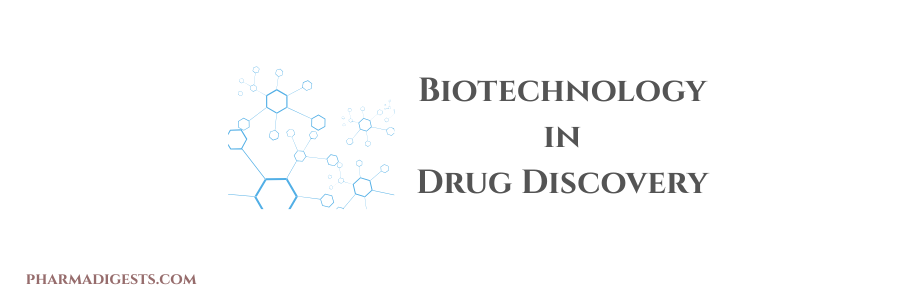
Biotechnology in Drug Discovery
In the dynamic landscape of pharmaceuticals, biotechnology has emerged as a powerful tool. From genetic engineering to the manipulation of biological systems, biotech methods are instrumental in identifying novel drug targets and designing innovative therapies. Genomic Medicine Unraveling the mysteries encoded in our genes, genomic medicine is revolutionizing how we ... Read More
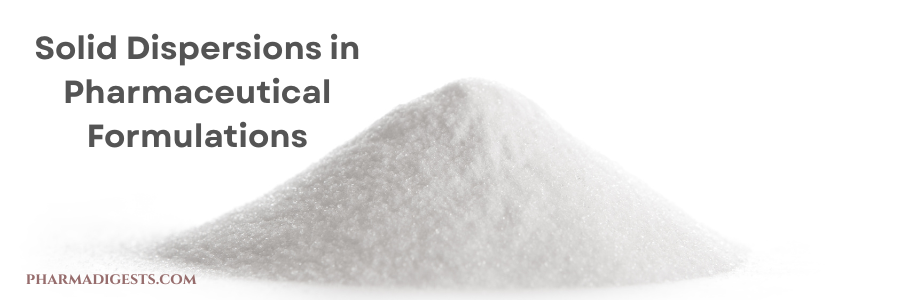
Solid Dispersions in Pharmaceutical Formulations
Solid dispersions stand as a cornerstone of modern pharmaceutical formulation, offering innovative solutions to enhance drug solubility, bioavailability, and therapeutic efficacy. Understanding Solid Dispersions: Solid dispersions involve dispersing one or more active pharmaceutical ingredients (APIs) within a solid matrix, typically a polymer or carrier material. This approach addresses challenges associated ... Read More
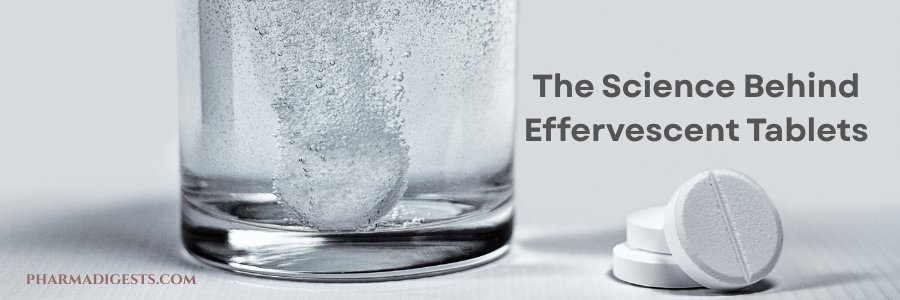
The Science Behind Effervescent Tablets
Ever marveled at the rapid fizz of an effervescent tablet? Behind that effervescence lies a meticulously crafted blend of excipients, each serving a crucial role in the tablet’s formulation. Acidulants: Think citric acid or tartaric acid. These key players react with bicarbonates, like sodium bicarbonate or potassium bicarbonate, triggering the ... Read More

One Product Development for Multiple Markets
Developing a single product for multiple markets requires careful planning to meet the regulatory requirements of each target region. Identify Target Markets & Regulatory Authorities Each country or region has its own regulatory body that sets guidelines for pharmaceutical products. Key regulatory agencies include: Each authority has different requirements for ... Read More

Permeability and Biowaivers | A Key Factor in Regulatory Justification
For obtaining a biowaiver based on permeability, regulatory authorities like USFDA, EMA, and WHO require a justification report that classifies the drug according to the Biopharmaceutics Classification System (BCS). This classification determines whether a drug is eligible for a biowaiver based on high solubility and high permeability (BCS Class I) ... Read More

Level III Biorelevant Media
At Level III of biorelevant media simulation, a comprehensive replication of the gastrointestinal (GI) tract environment includes factors such as luminal osmolality, pH range, buffer capacity using specific buffer ingredients, bile components, dietary lipid components, dietary proteins, increased viscosity (notably in the fed stomach and lower intestine), and the replication ... Read More
